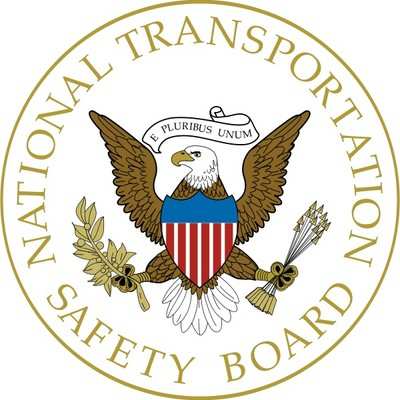The Accident Pilot Stated That He Thought The Clouds Would Clear Up And They Should Continue
Location: Bonnerdale, AR Accident Number: CEN22FA058
Date & Time: December 3, 2021, 18:23 Local Registration: N182NS
Aircraft: Cessna 182L Injuries: 1 Fatal
Flight Conducted Under: Part 91: General aviation - Personal

On December 3, 2021, about 1823 central standard time, a Cessna 182L, N182NS, was destroyed when it was involved in an accident near Bonnerdale, Arkansas. The non-instrument rated private pilot was fatally injured. The airplane was operated as a Title 14 Code of Federal Regulations (CFR) Part 91 personal flight.
The accident airplane was the lead airplane in a flight of two that departed Mendin, Louisiana (MNE), about 1738, destined for Clarksville, Arkansas (H35).
The non-instrument rated pilot of the second airplane stated that before departure from MNE, they both reviewed the enroute weather and he recalled the cloud layers were reported scattered at 1,500 ft with an overcast ceiling at 2,000 ft. Together, they decided to climb to 1,500 ft mean sea level (MSL) for the flight and agreed that the Ralph C Weiser Field Airport (AGO) in Magnolia, Arkansas, would be their alternate airport if the clouds were too low. AGO was located about 35 nm northwest of MNE.
The pilot stated that he took off behind the accident pilot and described the weather as “already sketchy.” He was able to see the ground, but there was no forward visibility. About 20 minutes into the flight and before reaching AGO, they were in instrument meteorological conditions (IMC). Both pilots were communicating via radio transmissions while in flight and they decided not to divert to AGO because the accident pilot stated that he thought the clouds would clear up and they should continue to the destination airport.
According to the pilot, as the two airplanes neared Hot Springs, Arkansas, they “were in full IMC” and both were flying at 1,600 ft MSL, 140 kts, and on a 351° heading. He stated that he glanced down at his phone to check his flight path and saw that the flight track from the accident airplane turned and was on a southeast heading. Unable to reach the accident pilot on the radio, he continued ahead. About 30 seconds later, he received a 500 ft altitude warning from ForeFlight and initiated an immediate climb with full power. He continued the flight at 3,500 ft MSL and did not exit IMC until the Danville, Arkansas, area.
A review of Federal Aviation Administration Automatic Dependent Surveillance Broadcast (ADS-B) data showed that after the accident airplane departed MNE, it climbed to about 1,600 ft GPS altitude and flew a relatively straight flight path north. About 1.5 nm south of Trap Mountain, the airplane began a gradual descent. About ½ nm south of Trap Mountain, the airplane began a shallow right turn. ADS-B data ceased over Trap Mountain at an altitude of 1,175 ft. Although not labeled as Trap Mountain on the sectional chart, the mountain is denoted with an altitude of 1,095ft MSL.
The accident airplane impacted the north side of Trap Mountain and came to rest at an elevation of 1,071ft MSL. The point of initial impact was the top of an estimated 30 ft tree and a portion of the right lower wing skin remained in the tree. The main wreckage traveled about 100 ft and the left wing was located about 144 ft from the initial impact point. The airplane came to rest inverted and highly fragmented.
A post-accident examination revealed that all flight control cables, with the exception of one elevator cable, were connected at the flight control surface and the cockpit control. The disconnected elevator cable was located within the debris field and exhibited signatures consistent with overload. Flight control continuity could not be established due to the fragmented nature of the accident airplane. The engine was examined with no preimpact damage noted. The propeller separated from the engine at the propeller hub and exhibited chordwise striations and leading and trailing edge damage consistent with rotation at the time of impact.
 ANN's Daily Aero-Term (12.14.25): Local Airport Advisory (LAA)
ANN's Daily Aero-Term (12.14.25): Local Airport Advisory (LAA) Airborne 12.08.25: Samaritans Purse Hijack, FAA Med Relief, China Rocket Fail
Airborne 12.08.25: Samaritans Purse Hijack, FAA Med Relief, China Rocket Fail ANN's Daily Aero-Linx (12.15.25)
ANN's Daily Aero-Linx (12.15.25) Airborne 12.10.25: New Gulfstream, ATC Integrator, Outrageous FFZ User Fees
Airborne 12.10.25: New Gulfstream, ATC Integrator, Outrageous FFZ User Fees Airborne-NextGen 12.09.25: Amazon Crash, China Rocket Accident, UAV Black Hawk
Airborne-NextGen 12.09.25: Amazon Crash, China Rocket Accident, UAV Black Hawk



